Chapter 4, Part 18
At the height of the spice trade in the Orient, the Europeans had their eyes fixated on strategic islands along the trade routes, which they eventually colonized. From British Hong Kong and Portuguese Macau at the Pearl River Delta, to Singapore and Penang in the Strait of Malacca, these otherwise small pieces of land experienced rapid economic growth as they were developed into important trading hubs in the region.
Economic growth creates opportunities, and opportunities attract people. Penang, as one of the most thriving colonial outposts in the region, certainly had an irresistible allure that drew merchants and laborers alike to get their share of fortune on the island, or simply to escape poverty at home. The Cantonese, Hokkien and Hakka peoples were among the most eager to leave China for a region once known as Nanyang, the Southern Seas, that is modern-day Southeast Asia.
The Hokkien people began settling on the island of Penang in earnest following the rapid development it experienced under British control. As goes with the tradition of overseas Chinese communities, they formed clan associations – also known as kongsi – as a means to unify fellow Hokkiens with the same surname and help clan members grow their businesses. Clan houses and temples were then built, particularly at the turn of the 20th century, for the members to worship the clan’s principal deities. Cheah, Khoo, Yeoh, Lim and Tan were the five major Hokkien clan associations in Penang, and today their clan houses are a testament to each clan’s wealth, as well as George Town’s importance as a trade hub in the past.
The Hakka people (also called Kek) in Penang, on the other hand, were not as numerous as the Hokkiens. Instead of building impressive clan houses, individual Hakka tycoons constructed their own mansions, filled with splendor and opulence. Cheong Fatt Tze (Tjong Tjen Hsoen) was among the most prominent Hakka business magnates on the island. Hailing from a village in Guangdong Province in China, he moved to Batavia (present-day Jakarta) – then the capital of the Dutch East Indies (modern-day Indonesia) – to seek a better life. His perseverance, hard work and marriages helped propelled his business, making him a successful businessman not only in Batavia, but also in Medan (where his relative Tjong A Fie lived and prospered), and eventually Penang, where he spent the rest of his life.
The distinctively blue Cheong Fatt Tze Mansion was built toward the end of the 19th century. “He had eight wives, but he loved the seventh wife the most,” our energetic mid-aged female guide – who was a Hakka herself – at the mansion told us. “He married the other wives out of business interests, and he built houses at other places for them.” The seventh wife, unsurprisingly, lived in the blue mansion. As we explored some of the mansion’s rooms, where several movies were filmed, including an Oscar-winning French film, she continued, “The Hakka people, or Kek, were late in exploring lands in southern China. By the time they moved there, the Hokkiens had already settled and cultivated the land. They called the late comer Hakka, or Kek, which means guest.”
The more she told us and other visitors about the history of the Hakka people, the more palpable she took pride of her ancestors. She told us that since the lands in that particular part of China were already owned by the Hokkien people, the Hakkas had to work really hard, including the women. Therefore they couldn’t follow the foot-binding practice common among Chinese women at that time. Petite feet were favorable and they showed a woman’s status in the society. For that reason, Hokkien women purportedly looked down on their Hakka counterparts.
The guide quickly moved the topic to the mansion itself again just as fast as she started recounting about her ancestors. “This is one of the only two Chinese mansions outside China with five courtyards,” she explained – the other one being none other than Tjong A Fie Mansion in Medan. Cheong Fatt Tze Mansion itself was not the only mansion built by a Hakka businessman in Penang. Pinang Peranakan Mansion, which has been turned into a museum, was commissioned by Chung Keng Kwee, another prominent Hakka tycoon on the island. His business empire comprised farming, logging and tin mining, to name some, and he was once appointed Kapitan Cina (leader of Chinese communities in Southeast Asia) of Perak by the British in 1877. Today the museum hosts a wide array of Peranakan cultural items, as well as Chinese carved-wood panels, English floor tiles, and Scottish ironworks.
Due to the pompous showcase of wealth among the Chinese communities in Penang, the island was chosen by the Chinese nationalist leader, Sun Yat-sen, to hold a fund-raising conference to support a revolution to overthrow the Qing dynasty – the last dynasty to ever rule China. Several uprisings and revolutions broke out, culminating in the Xinhai Revolution in 1911 which ended more than two thousand years of imperial rule in China. The event became the catalyst to the creation of the Republic of China in 1912, which decades later was defeated by the Communists. In 1949, the People’s Republic of China was proclaimed with Beijing as its capital, while the remaining Nationalists fled to Taiwan and have been governing the island as the Republic of China since then.
Today, the thriving businesses owned by ethnic Chinese Malaysians on Penang have significantly contributed to the island’s position as one of Malaysia’s commercial centers. It is a testament to the importance of Chinese communities all across Southeast Asia, a fact which is not always welcomed by non-Chinese communities in the region. Some say the Chinese control a disproportionate share of their country’s economy, some think the wealth gap between the Chinese and the rest of the population is too wide. But few would argue that a lot of ethnic Chinese people they know are hard workers.
In a video published by the World Economic Forum in June 2016, of ten countries where most of the world’s Chinese diaspora live, seven are in Southeast Asia. Vietnam, the Philippines and Myanmar each have more than one million ethnic Chinese residents. Meanwhile, out of Singapore’s 5.6 million people, more than 70% are ethnically Chinese. In Malaysia, Thailand and Indonesia, there are more than six million ethnic Chinese in each country, with the latter being home to the world’s biggest Chinese diaspora. Assimilation rate among Chinese communities in the region varies greatly. On the island of Sumatra in Indonesia, for example, most Chinese still speak Hokkien at home. Meanwhile in Java, the ethnic Chinese people are so assimilated they even use the local languages at home and absorb a lot of aspects of the local cultures, so do the local communities to the Chinese culture.
Cultural integration has always been, and will always be, tricky. Willingness to open up and learn about cultures different from one’s own should be nurtured, instead of tolerating stigmatization and segregation, whether self-imposed or government-sanctioned. Chinese communities have been flourishing in Southeast Asia for centuries, contributing to the diversity of cultures in the region, from culinary tradition to architecture, fashion and language. Isn’t it worth celebrating?
Click here for the full list of stories from the Spice Odyssey series.
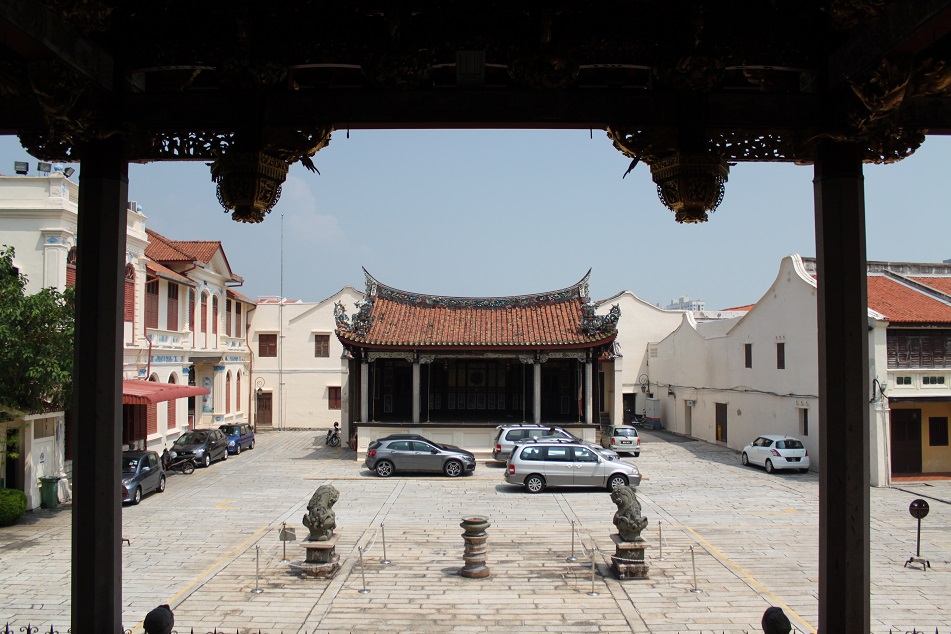
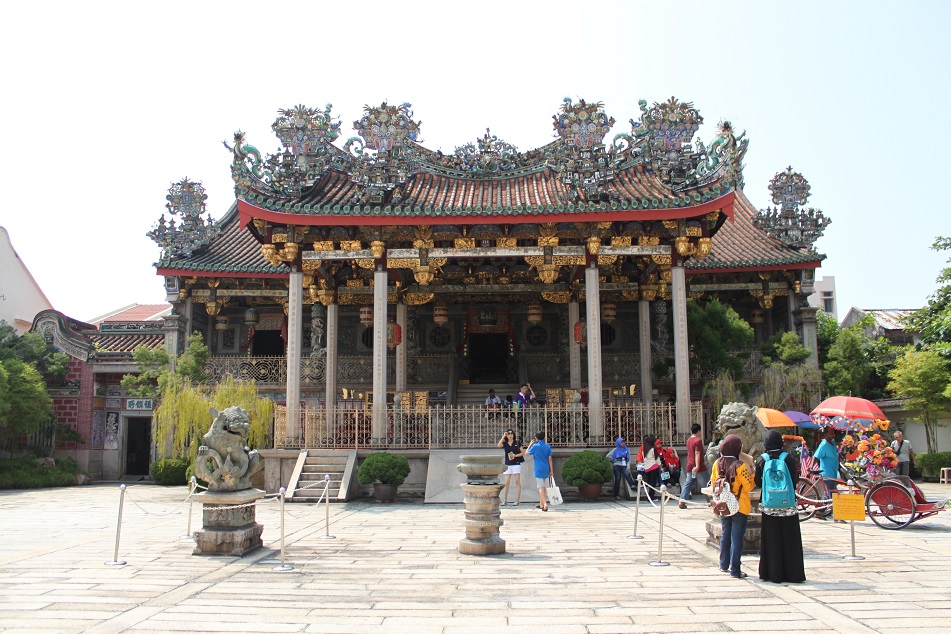
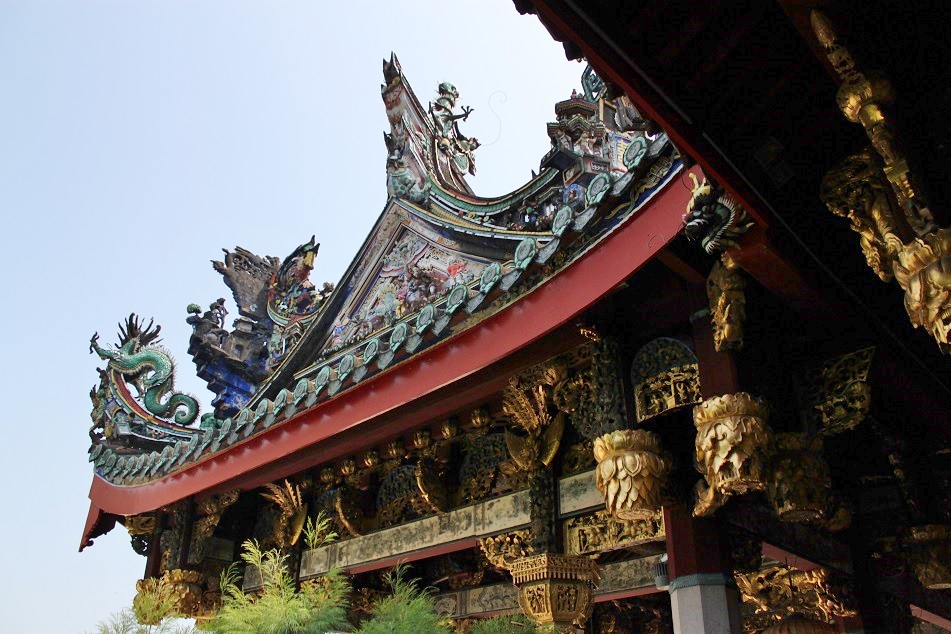

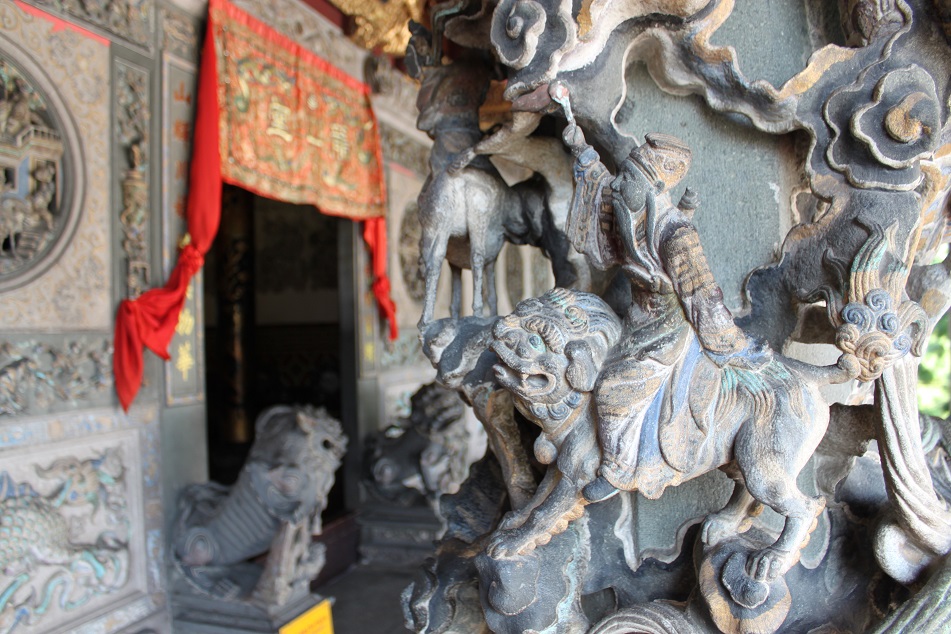

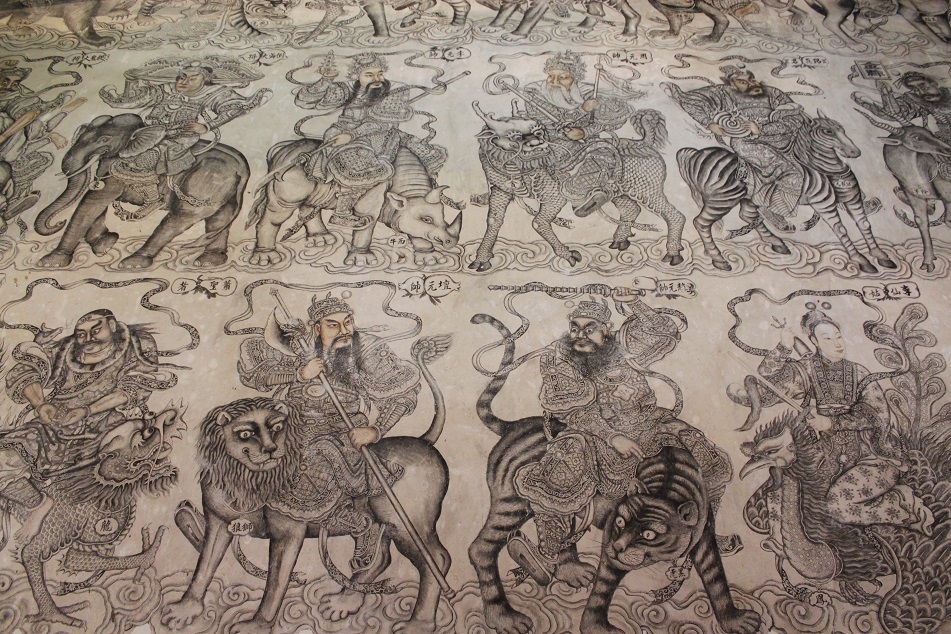

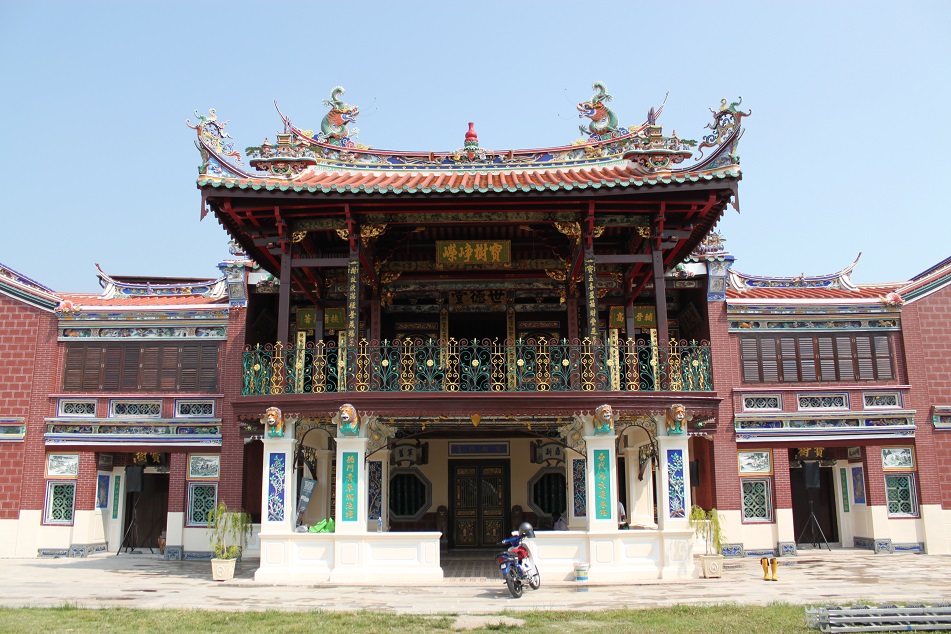
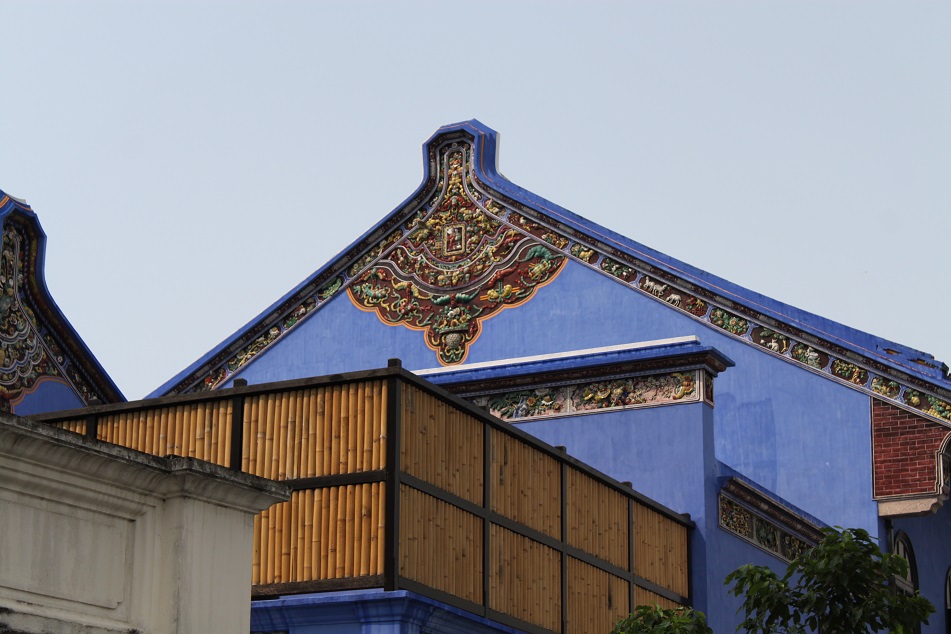
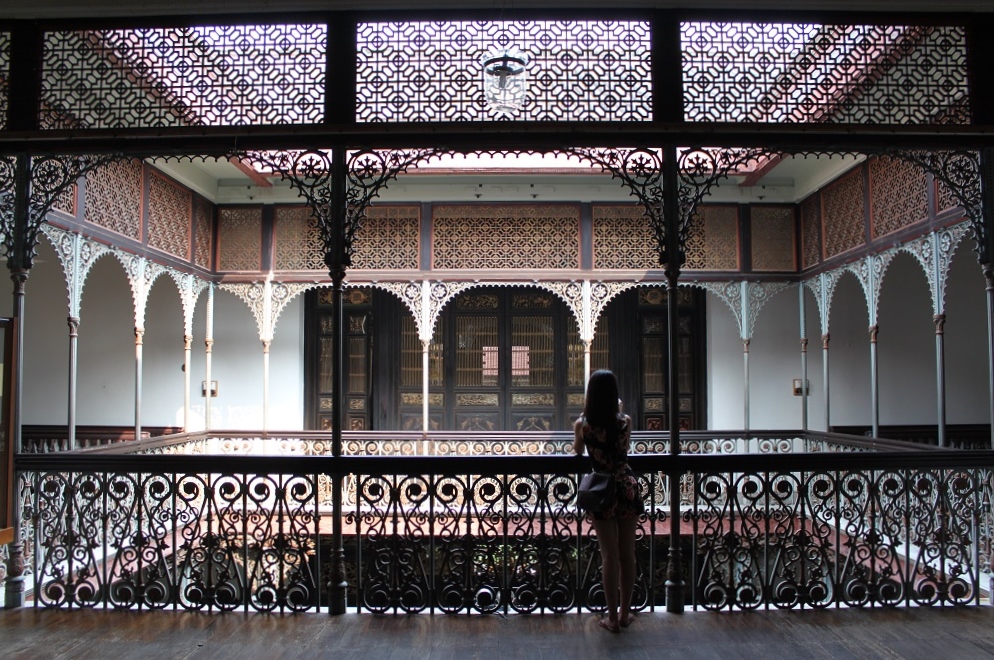
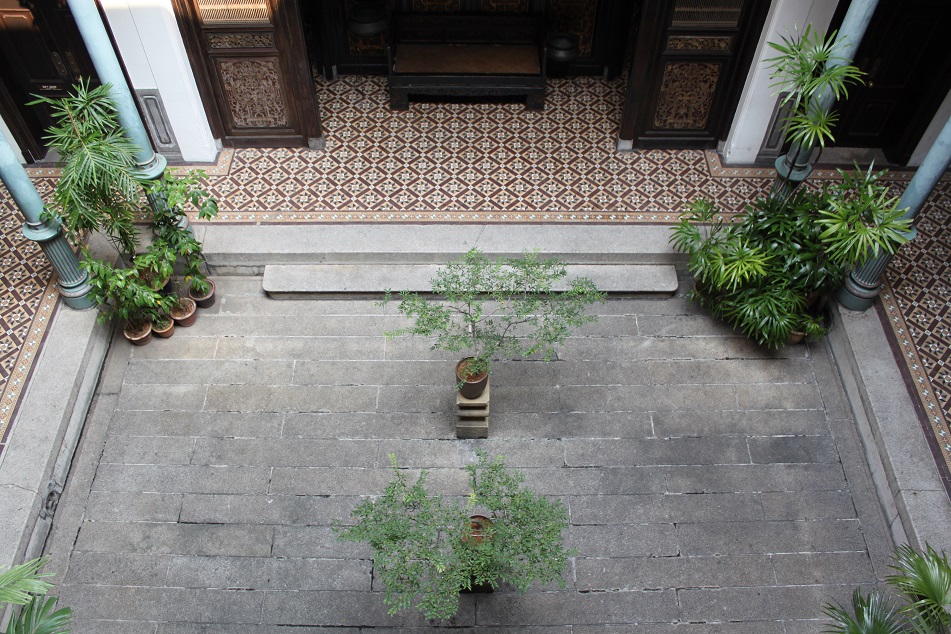
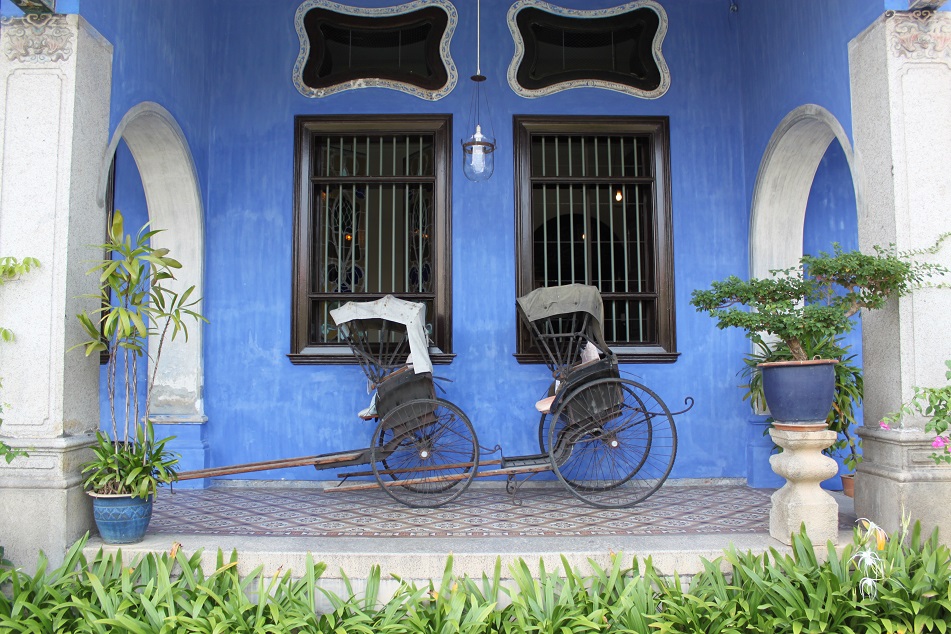
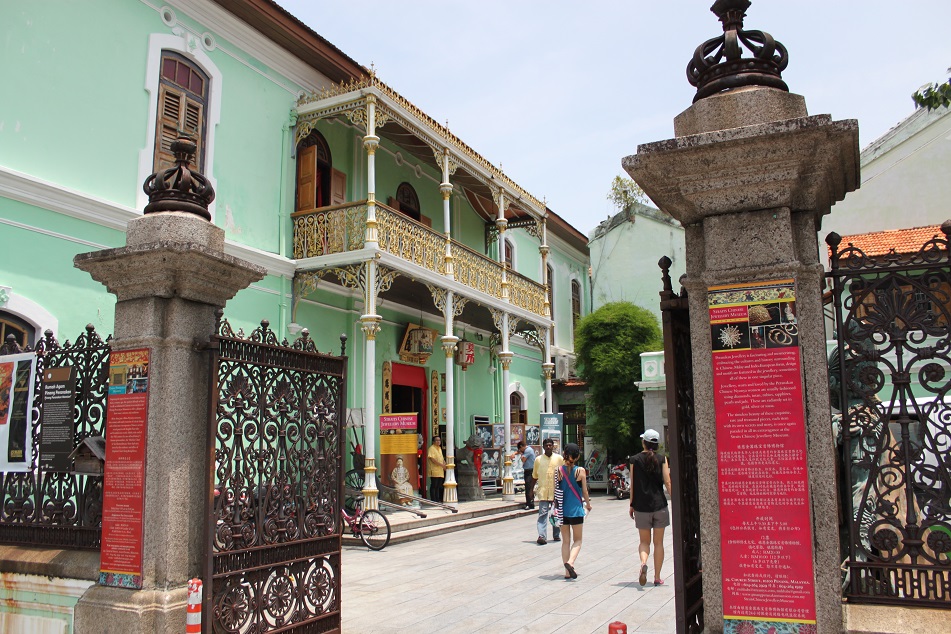
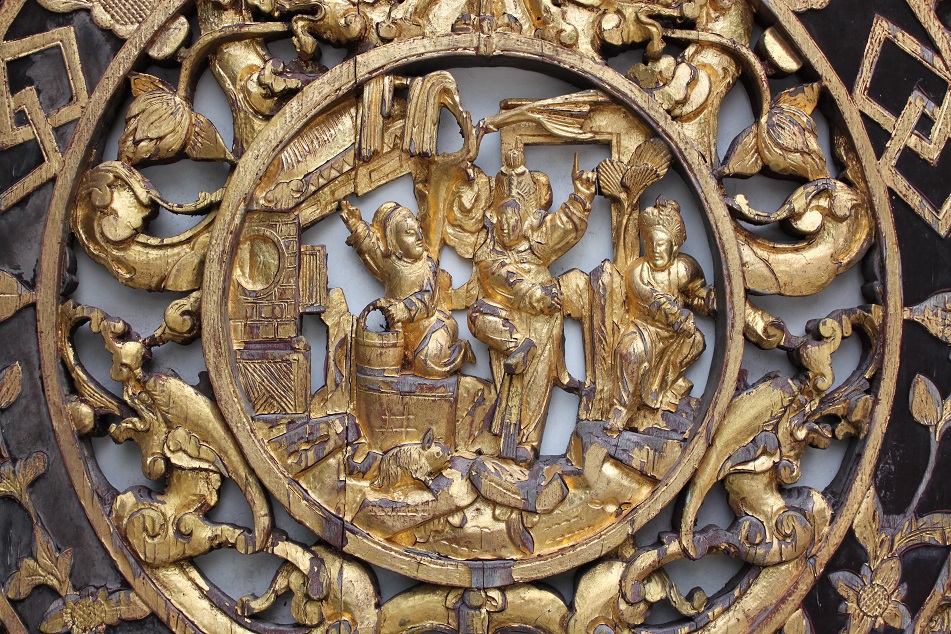
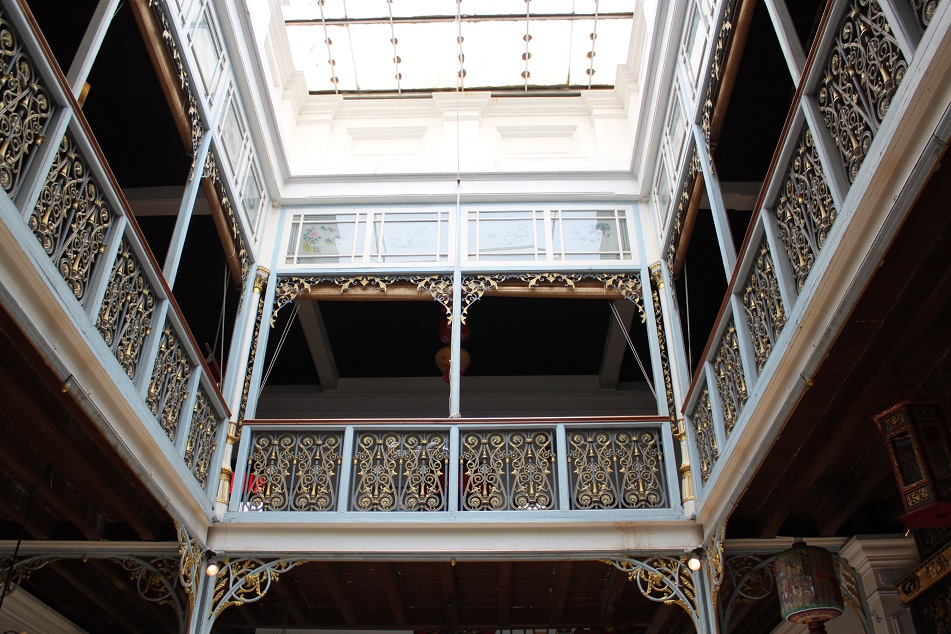
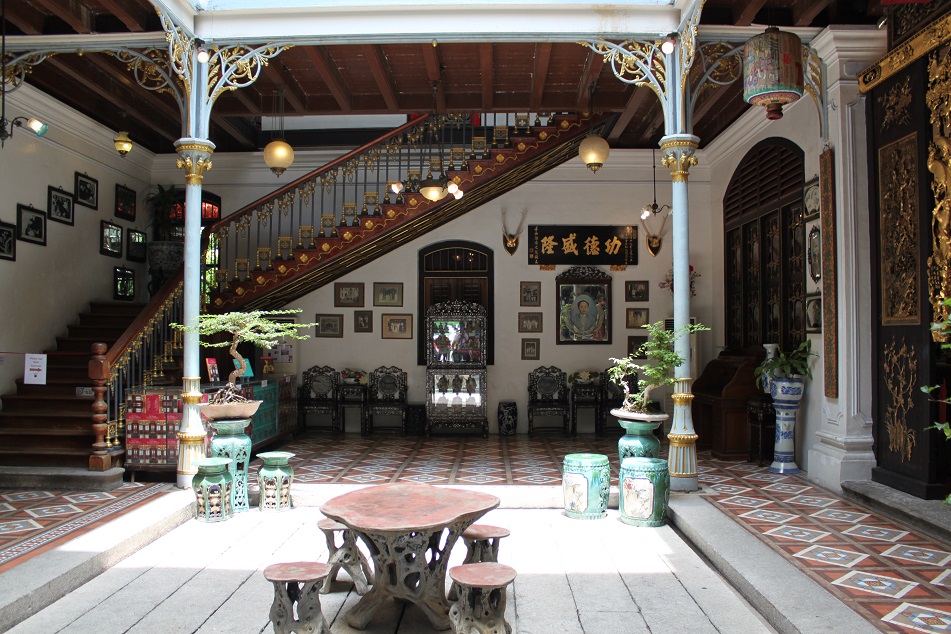
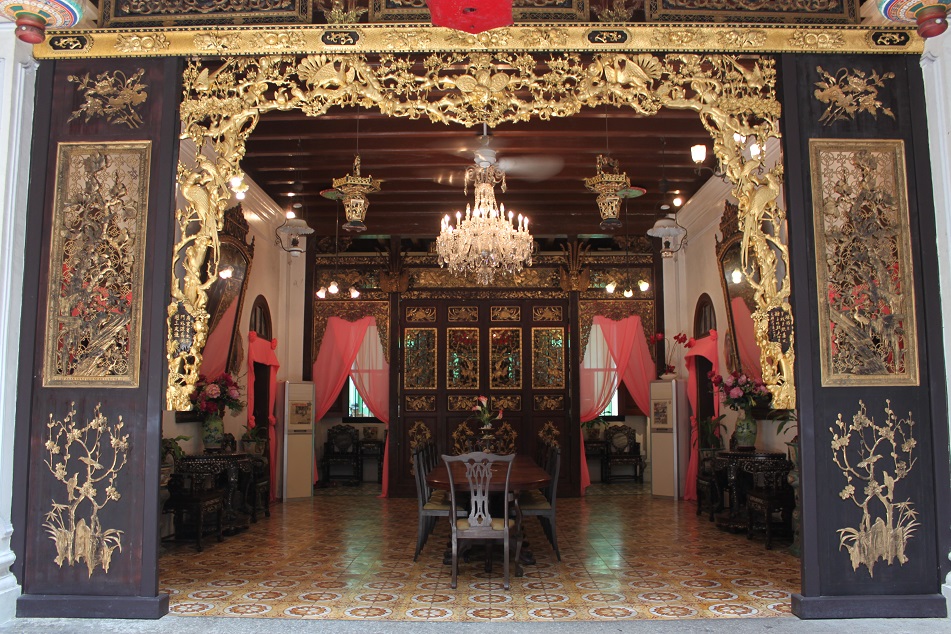
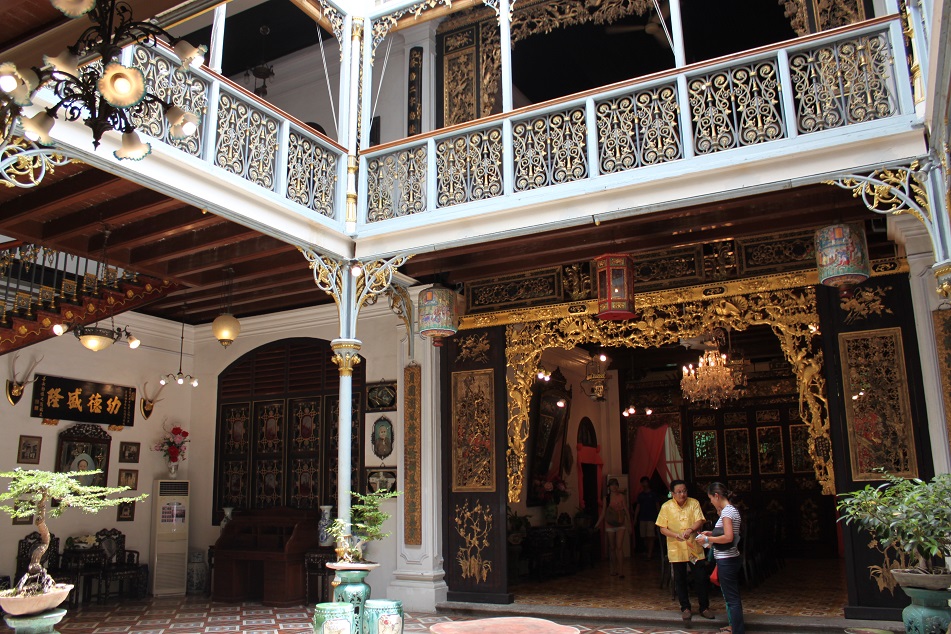

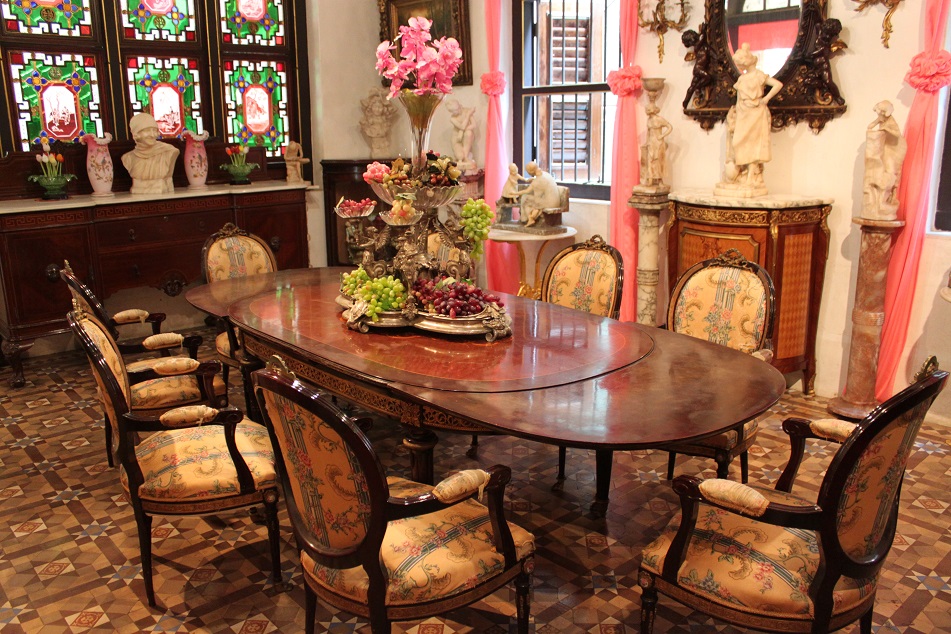
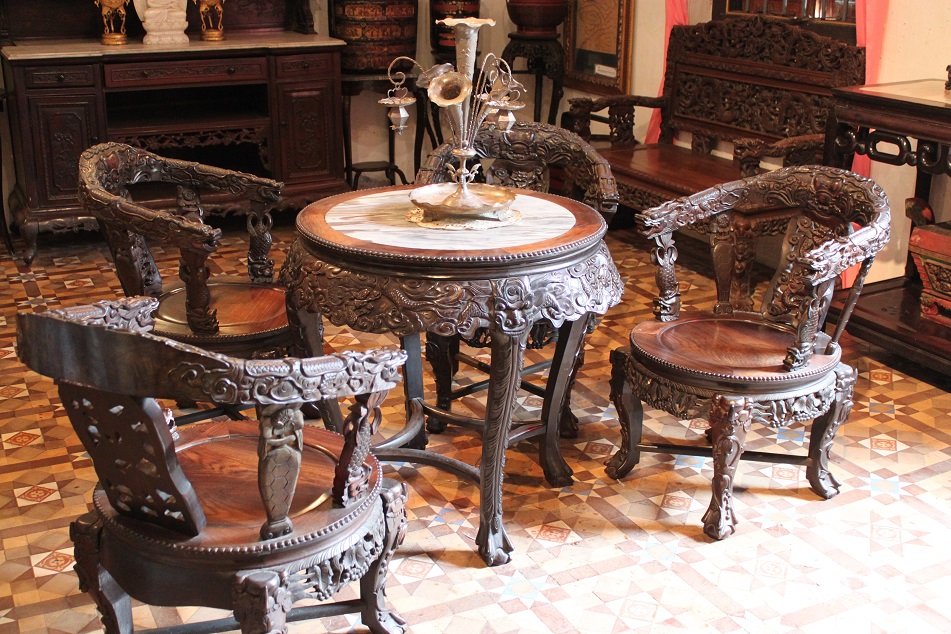
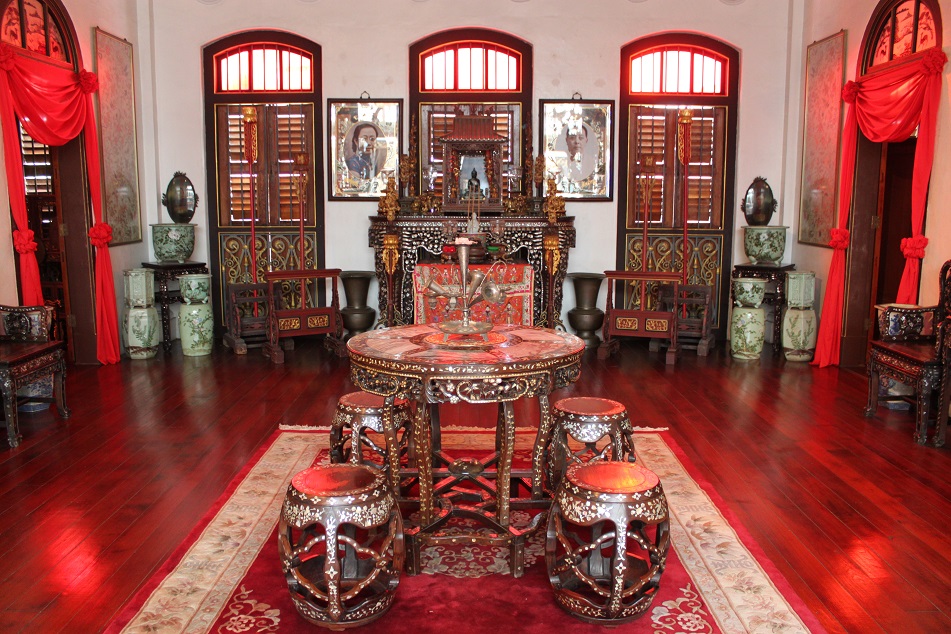
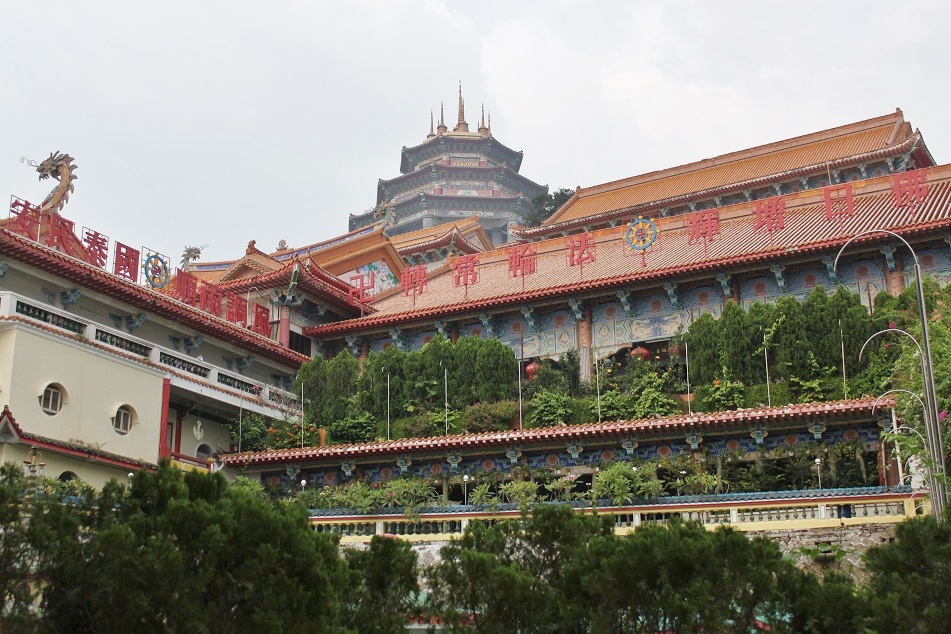
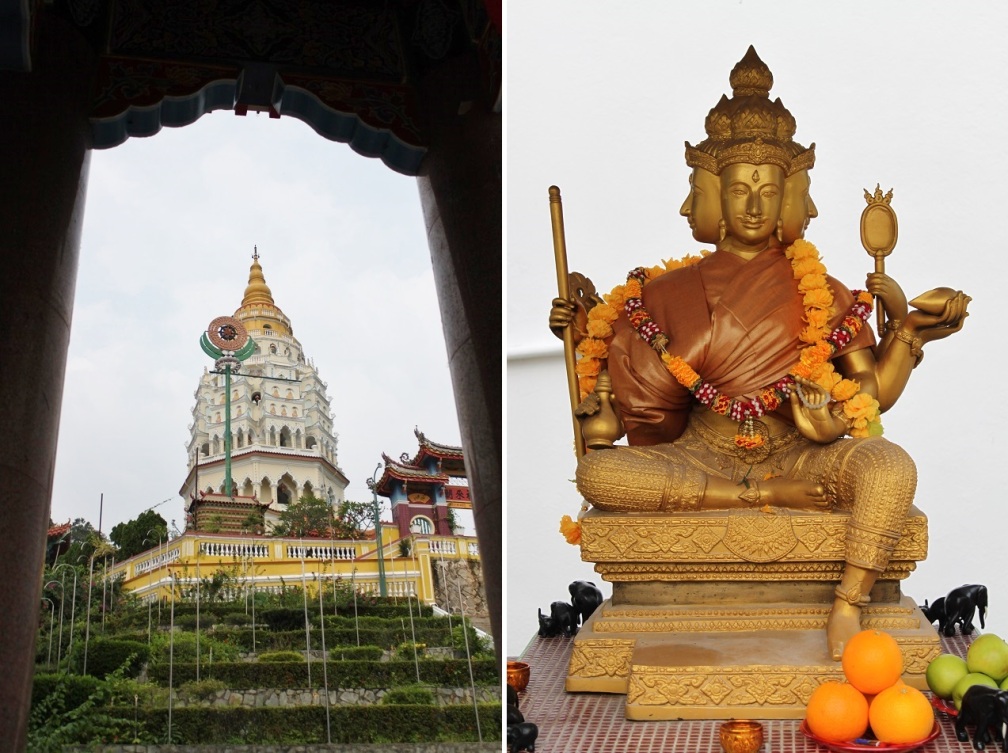

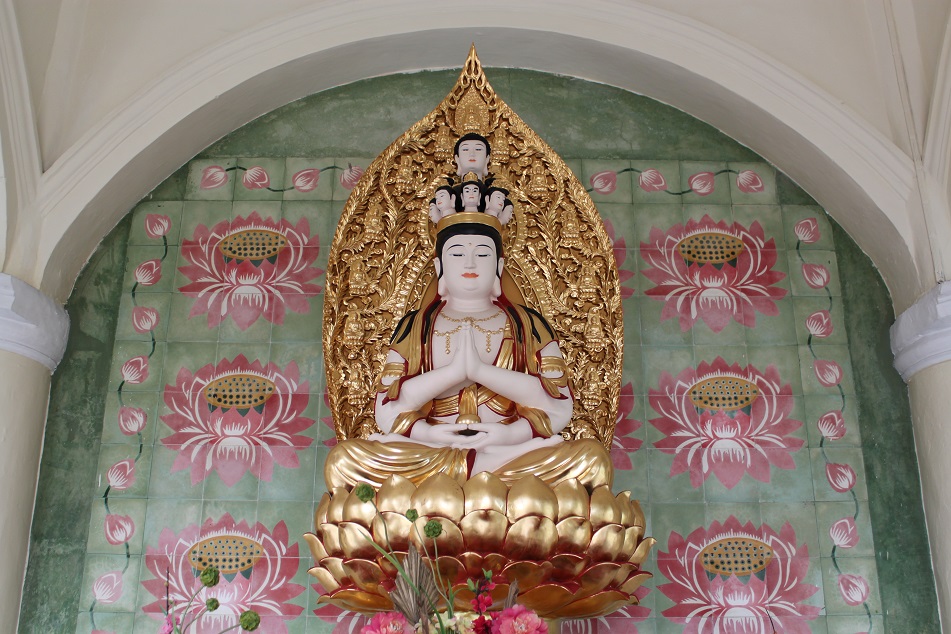
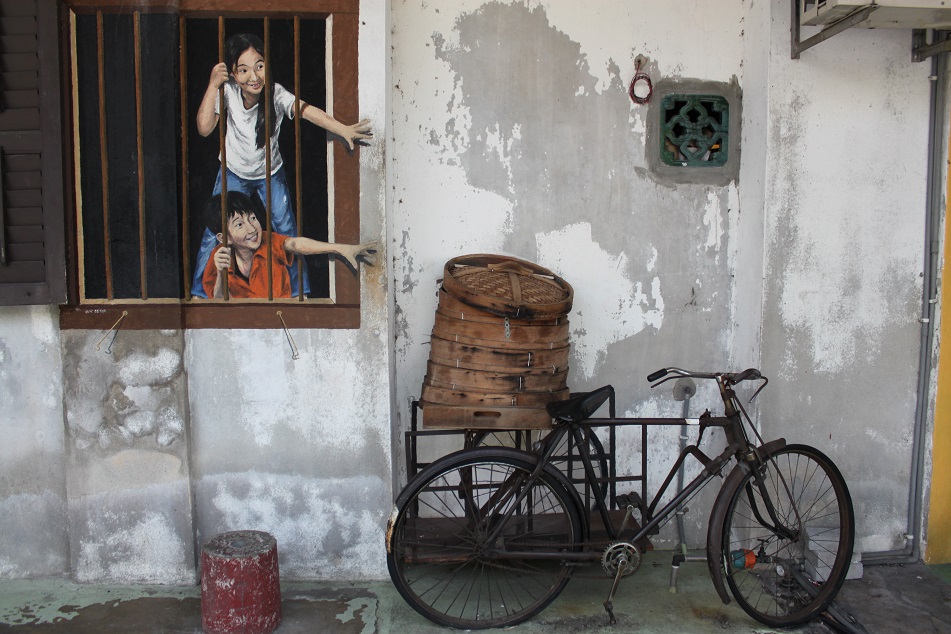
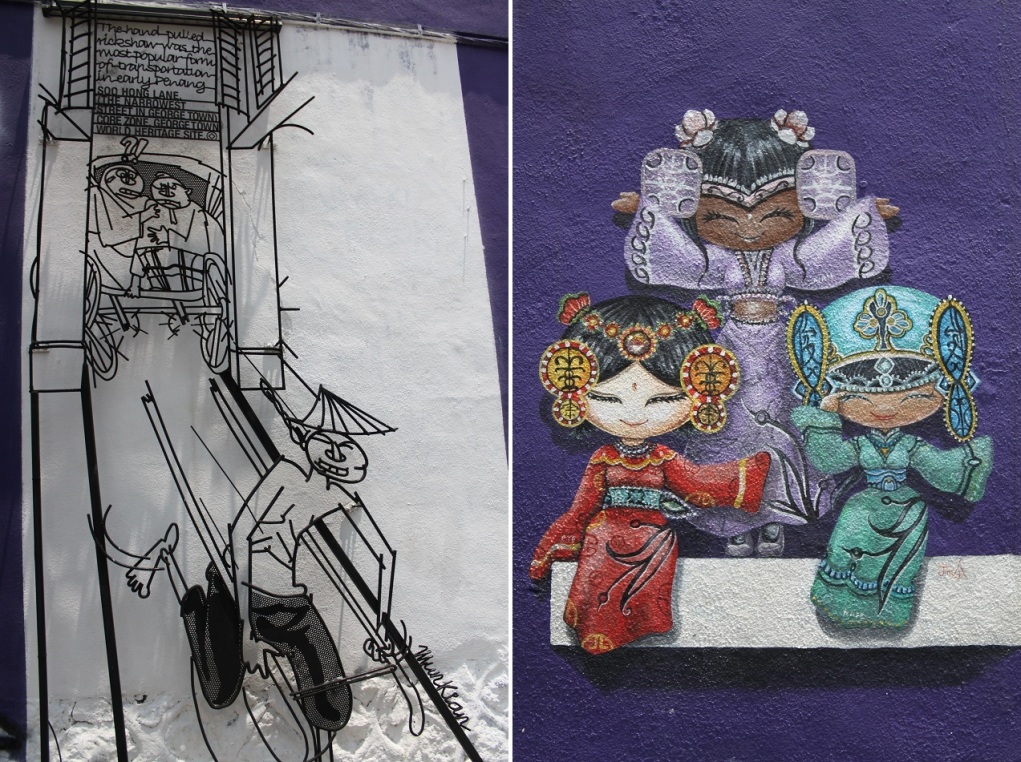
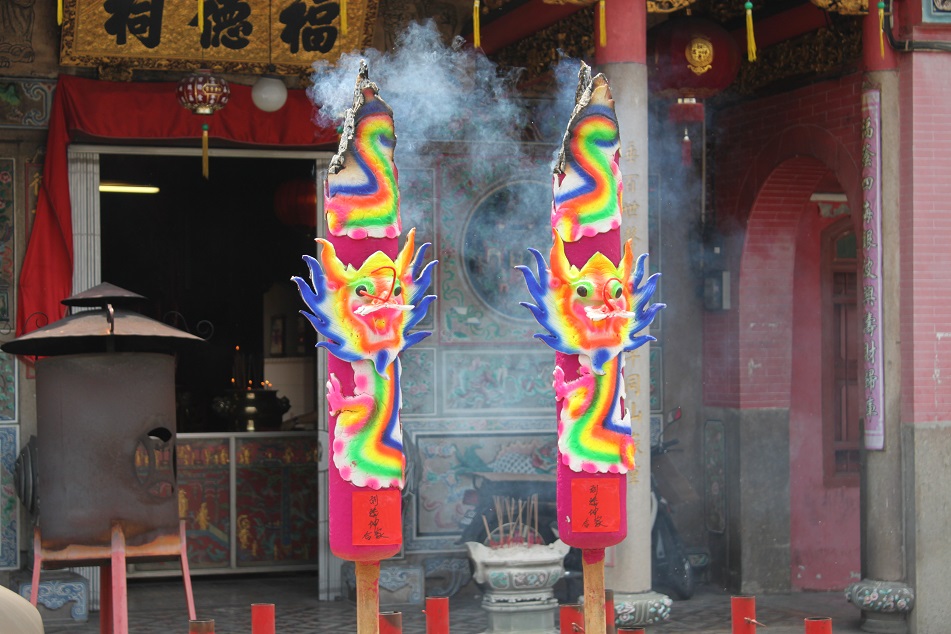
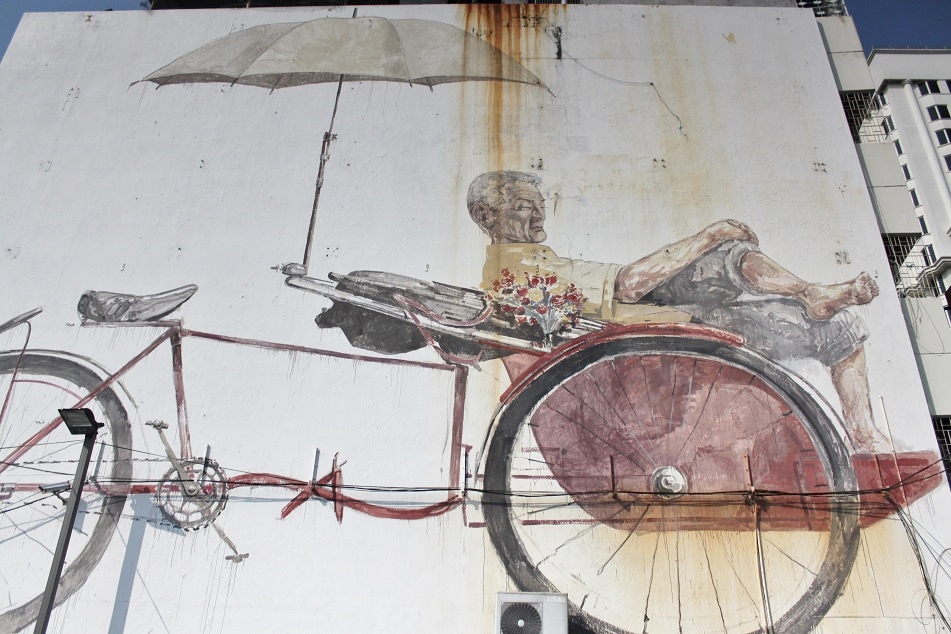
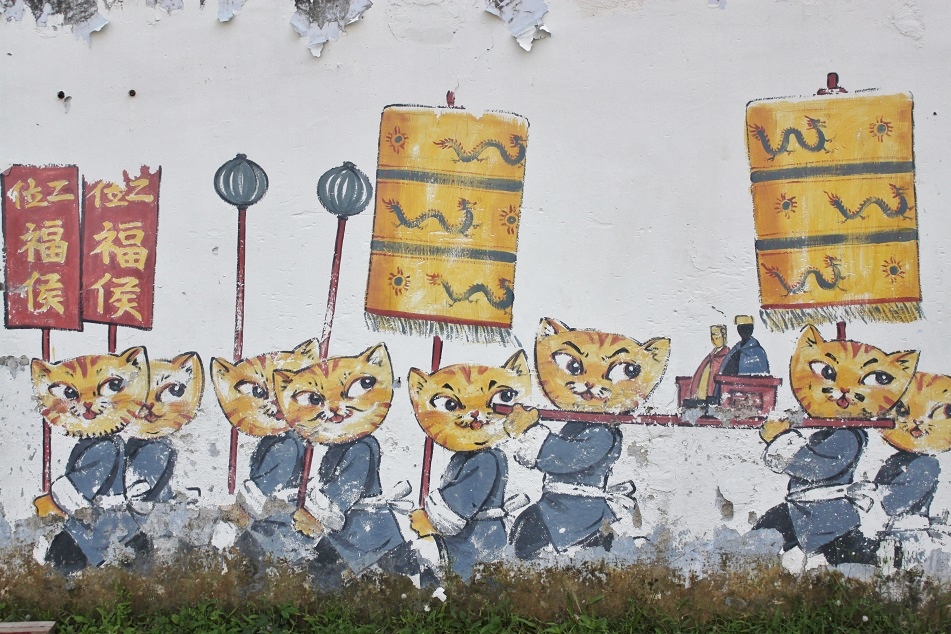
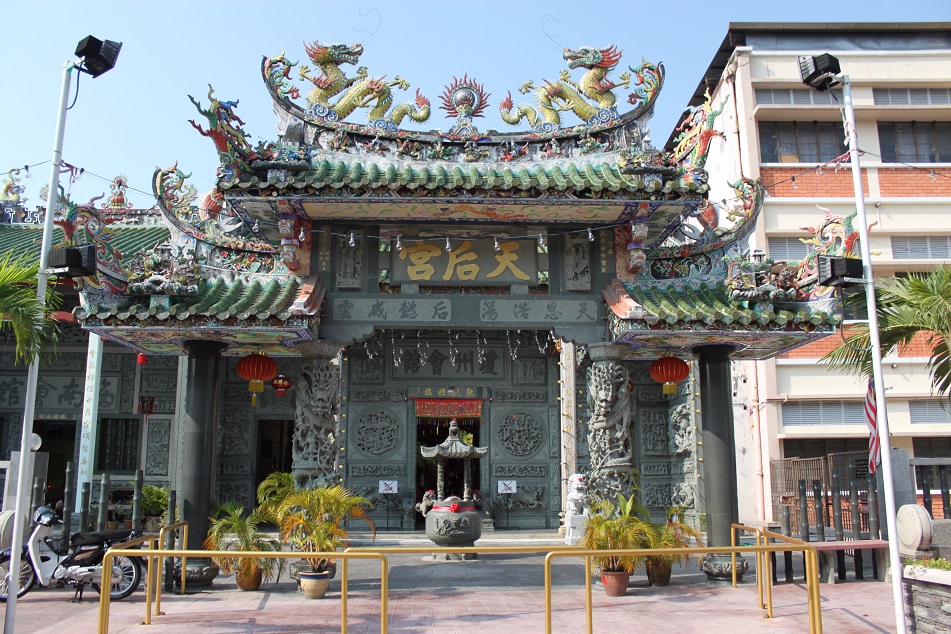
beautiful pictures! proud malaysian here:)
LikeLiked by 1 person
Thanks Eliza. I haven’t explored much of Malaysia (Sabah and Sarawak are high on my wish list), but I think Penang will remain one of my favorite places in the country.
LikeLike
Very interesting post with great photos! I’ve definitely seen the Chinese influence all over Southeast Asia, and of course especially here in Bangkok. Chinese New Year is a big celebration here and there is a really cool Chinese temple in Ayutthaya.
The Chinese are a people who have really spread out and made their mark. We have big China towns in the USA and Chinese restaurants all over the country, even in most small towns in the plains.
LikeLiked by 1 person
Madhu once said in one of her comments that there was this joke referring to the presence of Indians and Chinese on the moon long before Armstrong set foot there. As for the Indian influence in Southeast Asia, it’s not as palpable as the influence their Chinese counterparts have left. I can’t imagine how Indonesian food, especially street food scene, would have looked like without the Chinese influence.
Thanks Jeff! I’m sure Chinese New Year is a major celebration in Thailand. Would you write a post about it?
LikeLike
It is truly fascinating to view the cultural splendor of the former spice centers of the world. Your photos are amazing!
LikeLiked by 1 person
Hence the six-month travel I did back in 2015. It was also very interesting to learn about the long lost connections among nations in the region. Thanks for your supportive comment, Peter!
LikeLiked by 1 person
Fascinating history and beautiful photos.
LikeLiked by 1 person
Much appreciated, Peggy. I’m glad you enjoyed this post and the photos.
LikeLiked by 1 person
Mas Bama,
Saya nyerah deh.. benar-benar harus balik ke Penang lagi. Mungkin saya tidur saat ke Penang dulu hahahaha… Ada beberapa yang inget sih, tetapi banyakan lupanya hahahaha..
Anyway, ada foto yang membuat saya distracted banget hahahaha… Beautiful Wrought Iron Decorations inside the Mansion.. yang mana yang beautiful hahahaha….
LikeLiked by 1 person
Atau mungkin terlalu banyak makan di sana jadi kekenyangan? 🙂 Naaah, Mbak Riyanti nih tau aja mana foto yang punya arti tersirat dan tersurat. Ayo mbak, book tiket pesawat, terus langsung ke Penang lagi.
LikeLiked by 1 person
Wow! Those mansions are fascinating. I love the intricate decoration.
LikeLiked by 1 person
Penang has some of the most beautiful, intricate, as well as fascinating mansions in Southeast Asia, indeed. You would love them!
LikeLiked by 1 person
If our hotel wasn’t so far away from Khoo Kongsi, I would have loved to return by nightfall and see its temple all lit up. I was floored by the amount of ornate decorations lavished on the building – it’s clear that no expense was spared during construction. Of course, the same could be said for the two Hakka-built mansions. Somehow they all succeed in looking impressive and opulent without being too gaudy. A lovely post, Bama!
LikeLiked by 1 person
You know how much I love buildings with ornate carvings, so visiting Khoo Kongsi was really a treat for my eyes. However, when it comes to elegance, Cheong Fatt Tze was a clear winner. Our hotel wasn’t that close to the former, but the latter was just behind it. So I really didn’t mind at all. 🙂 Thanks James!
LikeLiked by 1 person
Love how your pictures really promote the rich cultural heritage of Malaysia. I’m from Malaysia too and sometimes we take the wonderful little things about Malaysia for granted. This was a great post to remind about how lucky I am to be born in such a beautiful country.
LikeLiked by 2 people
Malaysia really is a melting pot for cultures around Asia; Chinese from the north, Indian from the west, and Malay which originated from the island of Sumatra just across the strait, in addition to the culture of the indigenous people of East Malaysia. Challenges remain, however, to bring people from different races together and move forward as a nation. But I believe the future looks bright if people identify themselves as Malaysians first, not Chinese, Indian, or Malay. Thanks for dropping by, Dimi!
LikeLiked by 1 person
Great article on Penang. Can I reblog this please?
LikeLiked by 1 person
For sure you can. Much appreciated!
LikeLike
Thanx 🏵️🌺🌼
LikeLike
The pleasure is mine!
LikeLiked by 1 person
Reblogged this on Penang Local and commented:
Penang and the Chinese Diaspora in South East Asia
LikeLike
What reminds me abt Penang is the food and the street art haha! So fun hunting the street art 😀
LikeLike
Oh I loved the food in Penang as well, although I still prefer Katong Laksa in Singapore to Penang’s Assam Laksa. As for the street art, it was so much fun discovering some murals and wrought-iron artworks on George Town’s less busy streets.
LikeLike
Sometimes all the ornamentation (as with baroque and others) seems overwhelming, but in the end is beautiful, I do love the staircase railing.and your comments about being open to other cultures. Thanks for another learning experience!
LikeLike
I agree with you about the ornamentation — too much of it then it’ll make a house, a temple, or anything look gaudy. But when done carefully and sensibly, it can turn out really pretty. I really appreciate your comment, Marilyn. Thanks for reading!
LikeLike
menurutku ini adalah warisan berharga yang dimiliki malaysia walaupun bukan berasal dari kebudayaan/etnis asli (penduduk pribumi). memang sih untuk saat ini mereka juga termasuk ke dalam komposisi penduduk malaysia secara keseluruhan. oh ya…aku pernah membaca cerita tentang ini di blognya bartian (bartzap.com) hehehe
LikeLike
Penang memang menjadi salah satu tempat yang paling menarik di Malaysia karena sangat kental sekali baik budaya Tionghoa maupun Peranakannya. Sejatinya kita semua adalah pendatang. Hanya saja ada yang datang lebih dulu dari yang lain. Budaya yang berkembang di masyarakat pun merupakan lapisan-lapisan budaya orang-orang yang datang dan meninggalkan jejaknya. Iya saya juga baca postingan mengenai Penang di blog-nya Bart. Fotonya bagus-bagus!
LikeLiked by 1 person
ya setuju sekali memang kalau dirunut, suatu negara sejatinya penduduknya banyak yang merupakan bukan warga asli dan mereka meninggalkan jejak kebudayaan yang hingga kini bisa menjadi suatu identitas suatu bangsa
LikeLiked by 1 person
It is worth celebrating! I love this post so much! Mas Bama aku mau tanya, di Penang ada hotel kolonial gitu gak? Hotel klasik khas peninggalan gitu. Sama mau nanya, pas Mas Bama ke Tjong A fie di Medan, ngerasa agak ‘gloomy dingin’ gak? Terus pas ke Cheong Fatt Tze Mansion, ngerasa ‘gloomy dingin’ gitu gak? Aku pas ke Tjong A fie kok ngerasa serem hahaha
LikeLike
Makasih Mbak Justin. Cheong Fatt Tze Mansion itu juga hotel lho mbak, semacam hotel butik gitu. Kayaknya sih oke banget kalau nginep di sana. Nah, saya untungnya gak bisa ngerasain yang ‘dingin’ gitu. Paling ya kalaupun gerah karena memang udara di luar sedang panas, atau kalau dingin ya pas ada angin semilir. Paling pas ke Tjong A Fie Mansion lebih terasa sedikit kurang terawat dibandingkan dengan Cheong Fatt Tze Mansion.
LikeLike
Ohiya bener dia bisa buat nginep, yaa agak mahal tapi kayaknya seru memang. Iya, Tjong A Fie kusam jadi agak gloomy, kebayangnya bisa ketemu vampir cina hahahaha
LikeLike
Kalau gitu jangan lupa bawa kertas bertuliskan mantra, jadi kalau ada yang loncat-loncat langsung pasang kertasnya di jidat vampir itu. 🙂
LikeLike
Wow! These are stunning! They remind me of the Shekhawati Mansions from Rajasthan India. Again, wealthy merchants spent lavish houses. I wonder why we don’t spend on architecture anymore? Because we have expensive cars to spend on?
LikeLike
Ahh those unbelievably ornate havelis! As for why we no longer spend on architecture anymore, it’s also a question I’ve been asking. Such mansions are always perceived as ostentatious as well as outlandish once they’re completed, but they will be valued as a cultural heritage many generations later.
LikeLike
I really appreciate how you show Asia in such a beautiful way. The visuals are absolutely fascinating and the historical insight of yours is so interesting!
LikeLike
Hi Sinead. Thank you, and I do appreciate your time reading this post. Asia is such a massive continent with so many intriguing places to explore — Penang is one of them. I don’t think I will never have enough of it!
LikeLike
I have travelled and worked in Penang and In still find the place fascinating. I’m drawn to its history as it resonate with mine as well. I would love to travel back there because I feel I have so much more to learn about the place, food and is peoples.
LikeLike
I loved Penang, and the food was definitely one of the highlights of my trip there. Last night I met someone who recently went to Penang. From what he said, it sounds like the island is becoming an even more exciting destination. Same like you, I would love to go back to Penang because regardless of its size, it surely has so many things to offer.
LikeLiked by 1 person